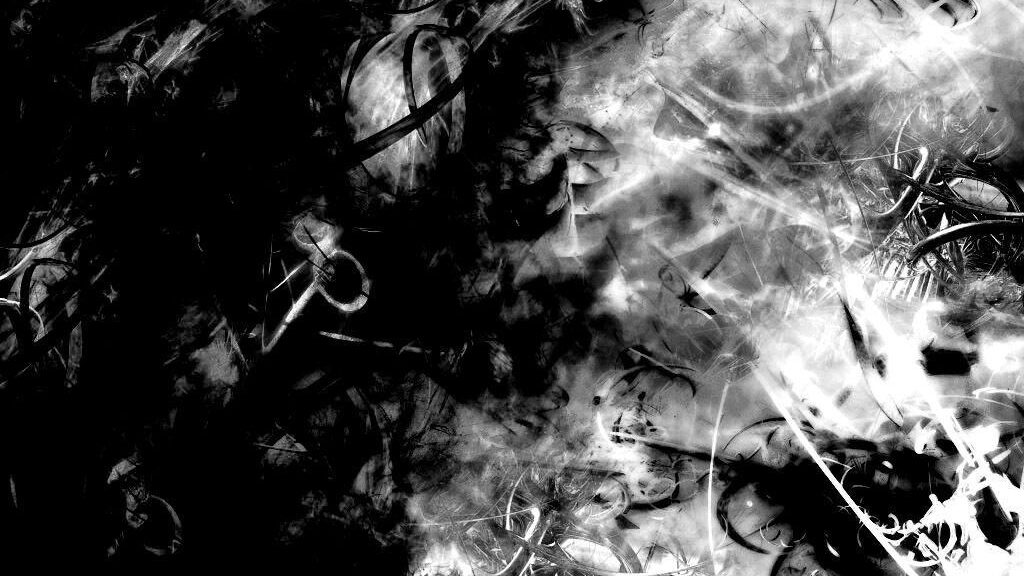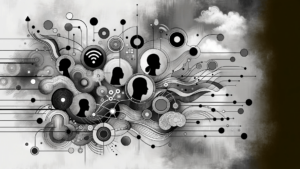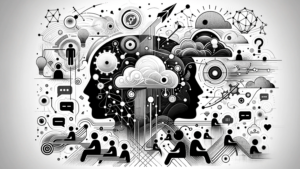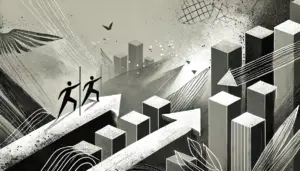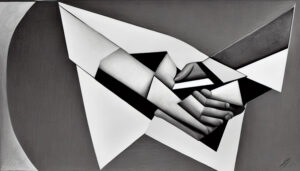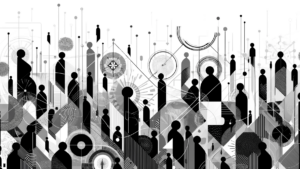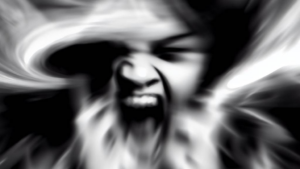Postmodern literature and post-punk music from the early 1980s share a number of similarities. Both genres emerged in the wake of the punk movement, which sought to challenge the status quo and push boundaries. Both genres also sought to challenge traditional forms and conventions, often through the use of irony, parody, and pastiche.
Postmodern literature and post-punk music both embraced a DIY aesthetic, often utilizing unconventional instruments and production techniques. Postmodern literature often featured fragmented narratives and non-linear structures, while post-punk music often featured unconventional song structures and unconventional instrumentation. Both genres also strongly emphasised experimentation and exploration of new sounds and ideas.
The two genres also shared a common theme of alienation and disaffection. Postmodern literature often featured characters who felt disconnected from society, while post-punk music often featured lyrics that expressed feelings of alienation and disaffection. Both genres also featured a strong sense of nihilism and a rejection of traditional values and conventions.
Finally, both genres featured a strong sense of irony and self-referentiality. Postmodern literature often featured characters aware of their own absurdity, while post-punk music often featured self-referential and ironic lyrics. Both also featured a strong sense of playfulness and a willingness to experiment with form and structure.
Postmodern literature is often seen as a reflection of postmodern art. Postmodern literature often incorporates elements of past literary styles, such as modernism, while also introducing new elements, such as irony, parody, and self-referentiality.
Postmodern literature often explores themes of identity, fragmentation, and the breakdown of traditional narrative structures. Postmodern art often uses similar techniques, such as fragmentation, deconstruction, and the use of irony and parody.
Postmodern literature and art both challenge traditional notions of art and literature and often blur the lines between the two.

